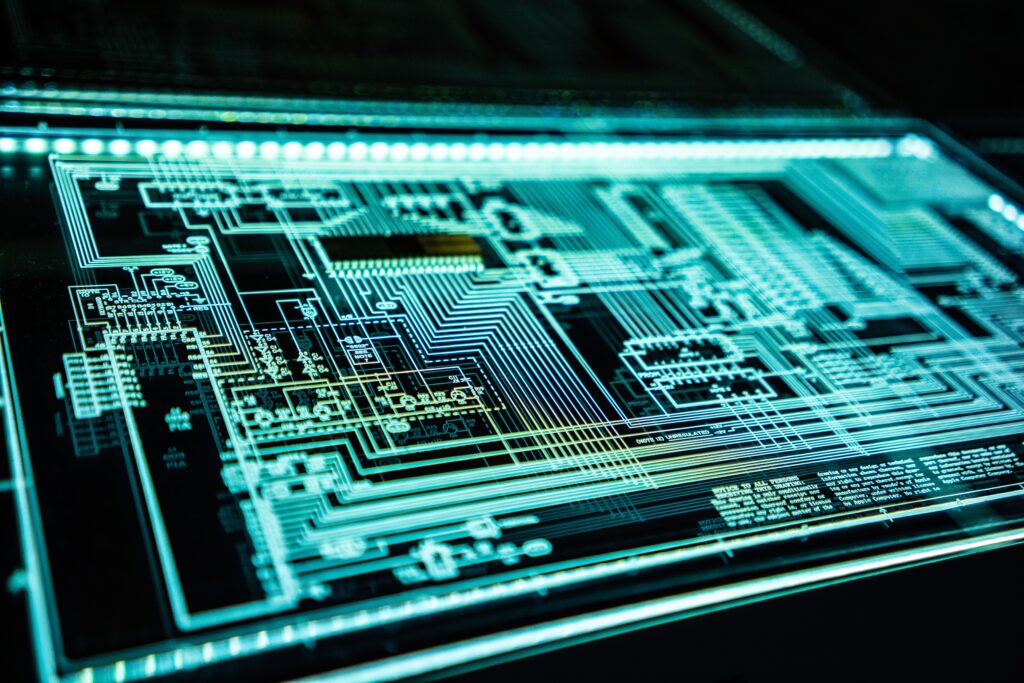Automation is changing the way employees work around the globe. Machine learning programs can complete monotonous, mundane tasks in the blink of an eye and free up more time for jobs that require creativity and human ingenuity.
However, businesses that embrace automation need a robust cybersecurity program in place to prevent breaches and reduce the risk of hacks, scams, and cyberattacks. A robust defense policy ensures that employees can work remotely without fears that their personal devices will compromise their employer’s wider network.
Remote Work
Working from home (WFH) is a great way to enhance employee productivity and support a better work-life balance. However, some remote employees can be left behind if they aren’t given access to automation and cybersecurity technology that boosts productivity and prevents cyber attacks.
Remote Automation
A recent report by consulting firm McKinsey found that most remote workers are “highly skilled, highly educated” and typically work in fields like finance, tech, and marketing. These roles require high levels of creativity and place a premium on problem-solving and critical thinking.
Remote automation technology can free up home-based employees’ time and mental energy by taking care of monotonous, repetitive tasks. For example, teams that utilize project management software like Asana and Monday.com can lean on automation features to sort, filter, and categorize their workflow.
Similarly, remote workers can use automation tools to speed up administrative tasks like filling out timesheets and invoicing customers. These repetitive, time-consuming tasks can be replaced with activities that add real value to businesses and bolster the bottom line.
Automation technology replicates the office environment by giving everyone access to the tools and resources they need to be successful at work. This is particularly important for folks who WFH, as even simple automation tools, like Grammarly and ChatGPT, can increase employee independence and improve their ability to problem-solve independently.
Robotic process automation software (RPA) can streamline the switch from office-bound systems to remote working models. IT departments that are in charge of bridging the gap between legacy systems can use RPA to build software robots that automatically get new remote employees up to speed with the tools and systems they need to WFH. RPA software can improve cybersecurity, too, by testing and maintaining critical cybersecurity systems.
Remote Cybersecurity
Data breaches have been on the rise since many businesses decided to move remotely. Remote working has created flaws in traditional systems due to:
- Increased information shared online
- An uptick in surface attacks
- IT and security teams struggle to address weaknesses inherent in remote devices
Unfortunately, the decision to go remote puts increased strain on IT departments. This is a serious issue for remote businesses, who may be struggling to maintain the integrity of their security architecture.
Automation technology can firm up remote cybersecurity by detecting breaches and addressing weaknesses automatically. Remote businesses can bolster their cybersecurity by using a virtual private network (VPN) to create a private tunnel between employees’ devices and the business’s LAN. This increases the security of cloud-based storage solutions and hides private information from prying eyes.
Office-Based Employees
Remote work may be in vogue today, but millions of employees still work in office buildings and co-working spaces. These employees benefit from quicker collaboration, a heightened sense of work culture, and more immediate access to work-based tools. This means that office-bound staff are in a prime position to leverage automation tech within a more secure network.
Automation
Business leaders who want to maximize the productivity of office-bound employees should utilize automation software that increases profitability and minimizes risk.
Start by leveraging customer relationship management (CRM) with inbuilt automation features. Automated CRMs can import data, organize leads, send pre-drafted emails, and track consumer behavior and preferences. This gives employees access to key insights and frees up time that would have been spent completing monotonous, rote tasks.
AI-driven automation programs can streamline the creation and management of documents, too. This is particularly useful for staff who work in sensitive fields like law or finance and deal with multiple in-person clients on a daily basis. By embracing automation, representatives can reduce the risk of human error and automatically create, store, and edit sensitive documents within a secure internal network.
Cybersecurity
Office-bound employees benefit from the innate security of working from the office. IT security teams can respond to threats in real time and handle issues that arise with hardware and software alike.
Office-based IT teams can also roll out new cybersecurity automation software with increased speed and efficiency. Office-based devices can be updated overnight when staff are not logged on. This helps cybersecurity specialists generate new protections faster than threats can spread and will reduce the lag between threat detection and security updates.
However, it’s important to note that office-bound systems may still be compromised by common attacks like phishing scams. As such, all employees must undergo intensive cybersecurity training before being given access to sensitive documents and private programs.
Conclusion
Automation is at the forefront of business-based tech today. Automated solutions like CRM administration and workflow management can be streamlined by algorithms designed to automatically import, categorize, and manage data.
However, businesses that embrace cutting-edge tech need a robust cybersecurity program to preserve the integrity of their systems. Cybersecurity solutions can be bolstered by cybersecurity training and policies that minimize the risk of phishing scams and improve cybersecurity awareness amongst employees.



